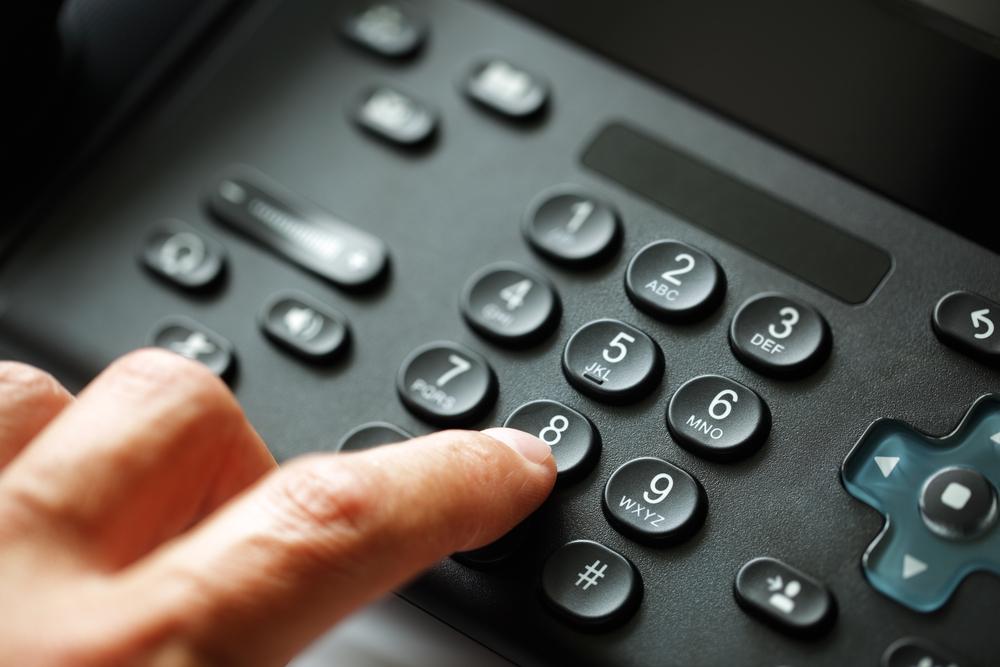
When VoIP technology was introduced to the market in the late 1990's, adoption was slow. In fact, by 2001, less than 5% of business calls in North America were VoIP calls. But by 2008, adoption began to pick up, and out of the new corporate lines that were being installed, 80% were VoIP lines.
With better and more advanced telephony services that cost significantly less than traditional phone systems, it’s no surprise that the demand for business VoIP services has greatly increased today. Here are some of the latest figures that reveal how VoIP is transforming the telecommunications industry, and how it makes sense for businesses of all types (and sizes) to migrate to VoIP:
- According to Infonetics Research, the global market for VoIP and Unified Communications (UC) is expected to grow by up to $88 billion in 2018. This forecasted growth can be attributed to the rapid adoption of smart devices in the workplace. Mobile is currently king, and VoIP systems are designed to seamlessly work with mobile through various mobility features available today.
- Another report from Transparency Market Research also reveals that by 2020, the global VoIP services market is projected to peak at $136.76 billion and reach a subscriber base of almost 348.5 billion. Aside from an increasingly mobile corporate market, other factors that trigger this growth include VoIP over cloud technology, free video calling, and growth of mobile VoIP services.
- Businesses that switch to VoIP save at least 30% on their phone bills, according to Vonage. With a VoIP phone system, the need to pay for extra features or services and hiring onsite technicians (if a business needs to change something in their system) can be virtually eliminated.
- Business.com also reveals that companies can enjoy up savings of $35 a month on average with VoIP.
- A comparison between VoIP provider Nextiva and traditional phone service Verizon by FitSmallBusiness.com also reveals that by using VoIP, businesses can save as much as $1200 per phone line over 2 years. This is because VoIP plans have a monthly price that is lower, the setup and installation is minimal, and advanced features are often included in the service at no extra cost.
- In the quest for communications supremacy, landline service providers like AT&T have started to accept the inevitable death of the PSTN and have begun weaning customers off old, circuit-switched phone lines. In fact, AT&T has deployed VoIP across the company and has reaped a significant payoff. For their remote workers, VoIP cuts telecommunication costs by 60%.
- AT&T claims that by equipping their teleworkers with VoIP tools, the company gets to save $180 million yearly,
- For AT&T offices outside the U.S.,VoIP technology also reduces the long distance bill by 20%-50%.
Given these figures, it’s safe to say that it’s only a matter of time before we cut ourselves free from landline phones. Pretty soon, we will all be making calls through the internet. But if companies wait until then to move to VoIP, they might find themselves without a phone and without a business. So consider investing in a VoIP phone system now and reap the many benefits it offers.